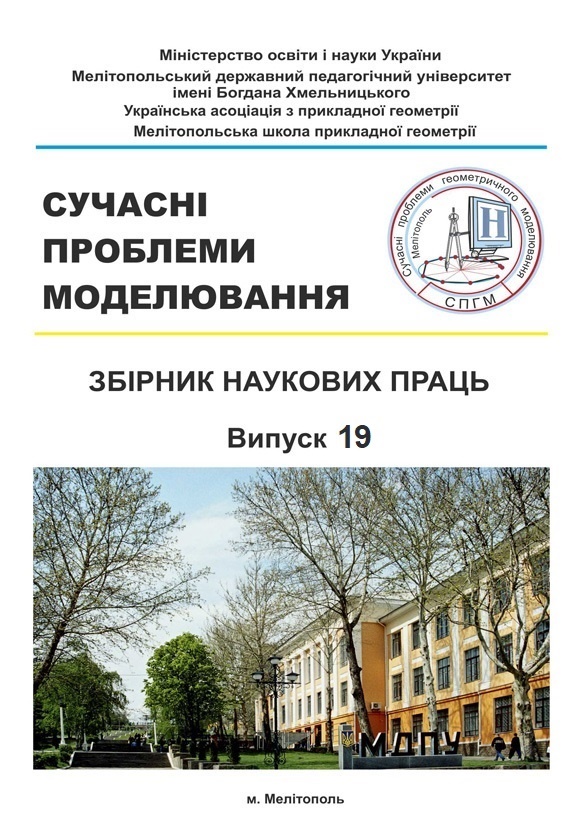MODELING THE SPAN STRUCTURE OF THE BRIDGE IN THE AUTODESK REVIT SYSTEM
Abstract
Currently, the construction industry is in the process of actively introducing BIM technologies - information modeling technologies for buildings and structures. Unlike working in classical computer-aided design (CAD) systems, working in BIM-oriented software systems allows you to simulate not only the building objects themselves, but also manage their characteristics, as well as their various changes over time. In addition, one of the basic principles of information modeling is the desire to combine in one information model all stages of the construction life cycle and all sections of the design.
In this work, we consider a version of the developed task in the discipline "Using the Revit package in the tasks of building bridges" for the educational program "Transport construction and civil engineering". At KHNADU, the Department of Engineering and Computer Graphics has been teaching computer programs of Autodesk for many years: AutoCAD, Inventor, Civil 3D. Recently, with the aim of introducing modern information modeling technologies, several tasks have been developed for students of road construction specialties to create objects in the Autodesk Revit system.
Given that the Autodesk Revit system is more focused on the creation of architectural structures and their structures, one of the tasks that was developed was the construction of a two-story house with the subsequent preparation of design documentation. And to show the capabilities of this system in the design of bridges and passages, for the training of specialists in specialty 192 “Construction and civil engineering”, a task was developed on modeling the span of a small bridge.
In Autodesk Revit, there are a large number of standard elements that are combined into appropriate families, such as walls, windows, doors, ceilings, and others, which allow you to create information models of structures or edit existing ones without spending too much time developing individual elements. As for the design of bridge crossings, the process of creating information models is much more complicated here.
Key words: BIM-technologies, educational process, Autodesk Revit, architectural constructions, spans.




